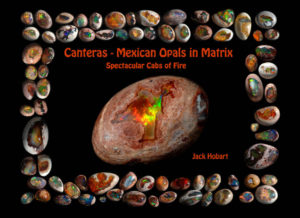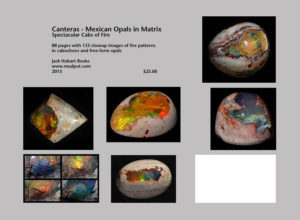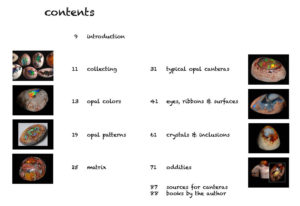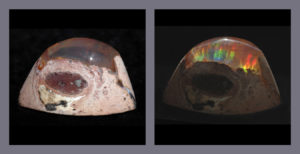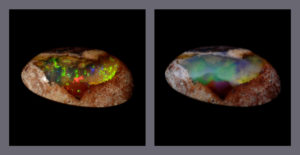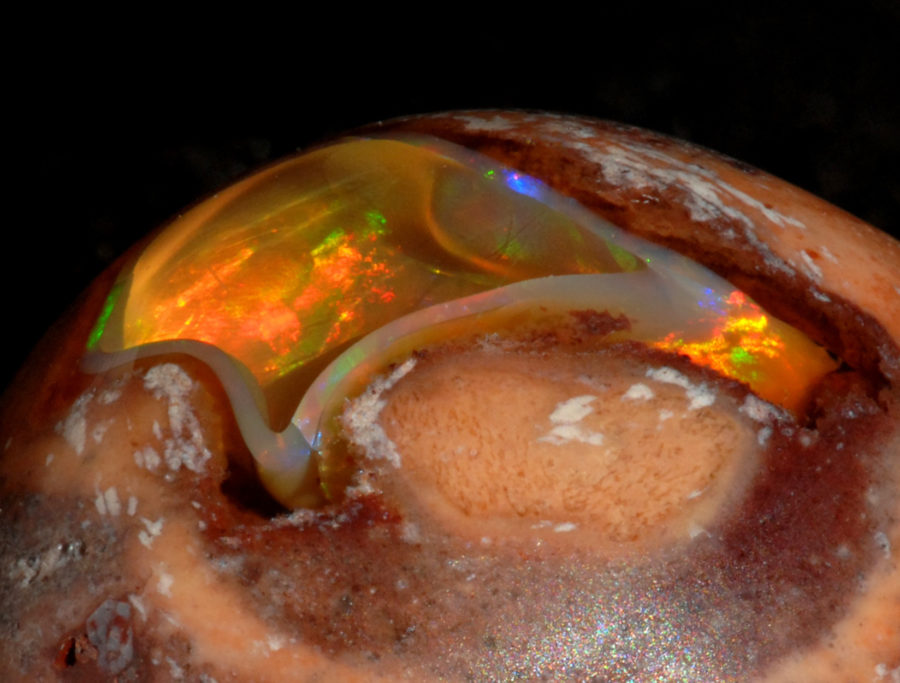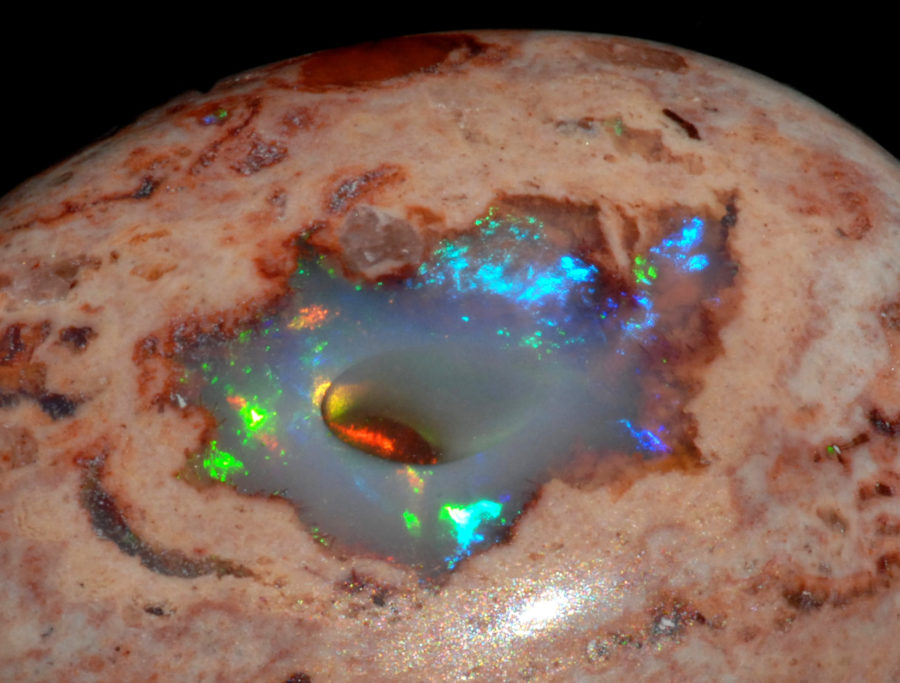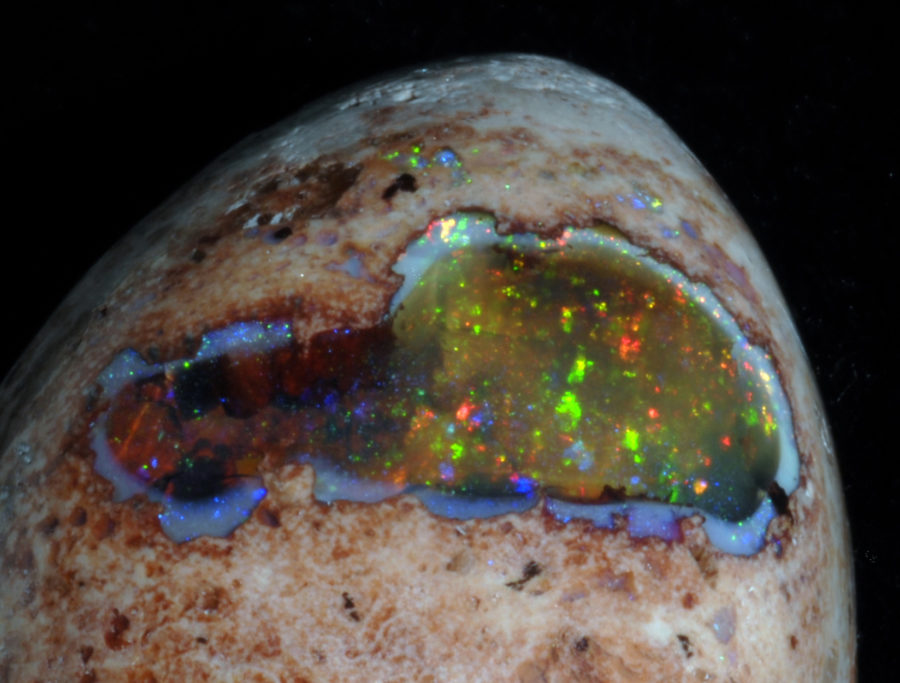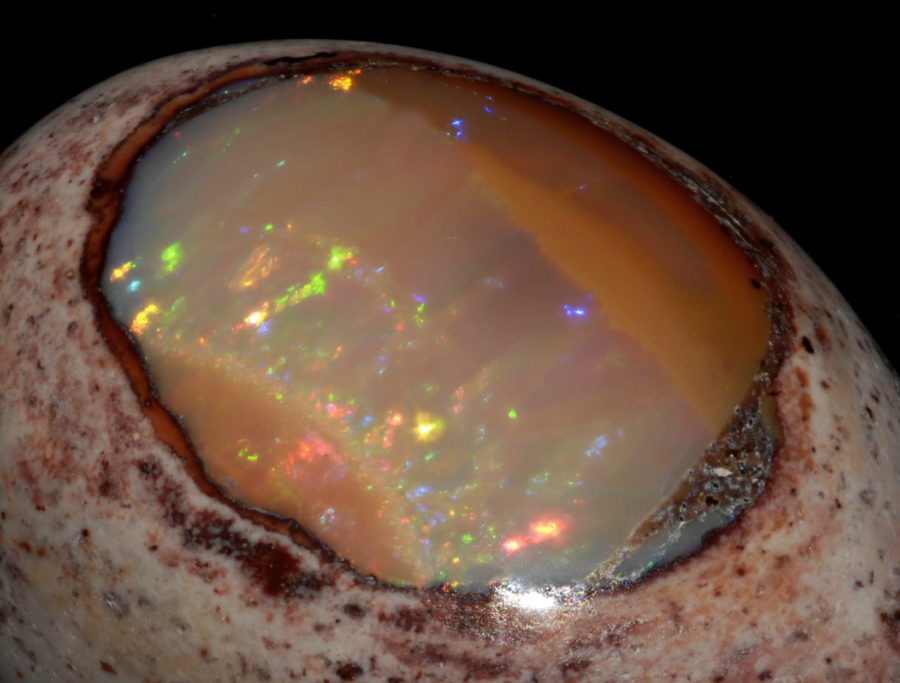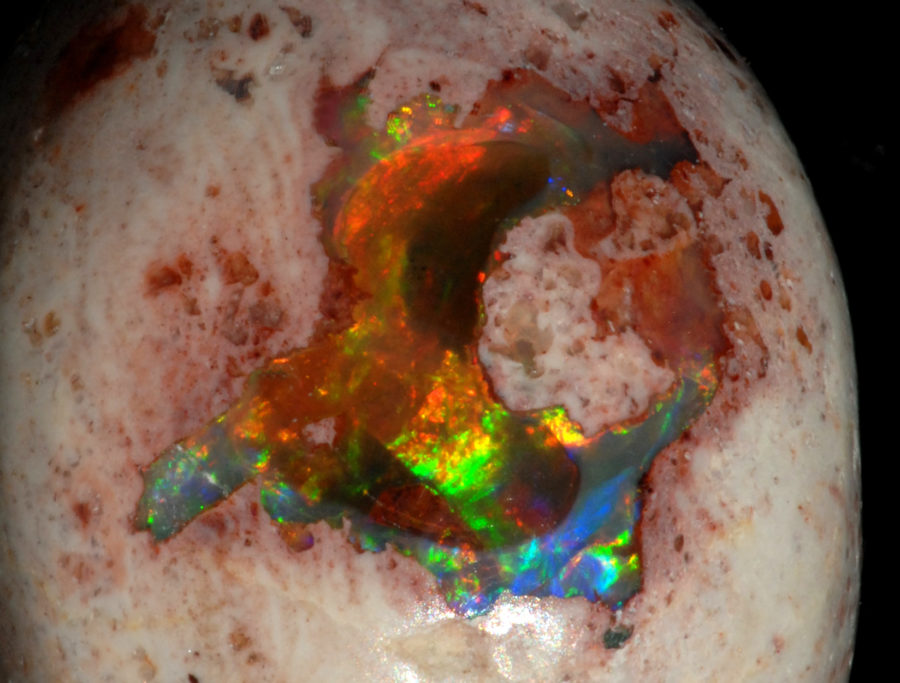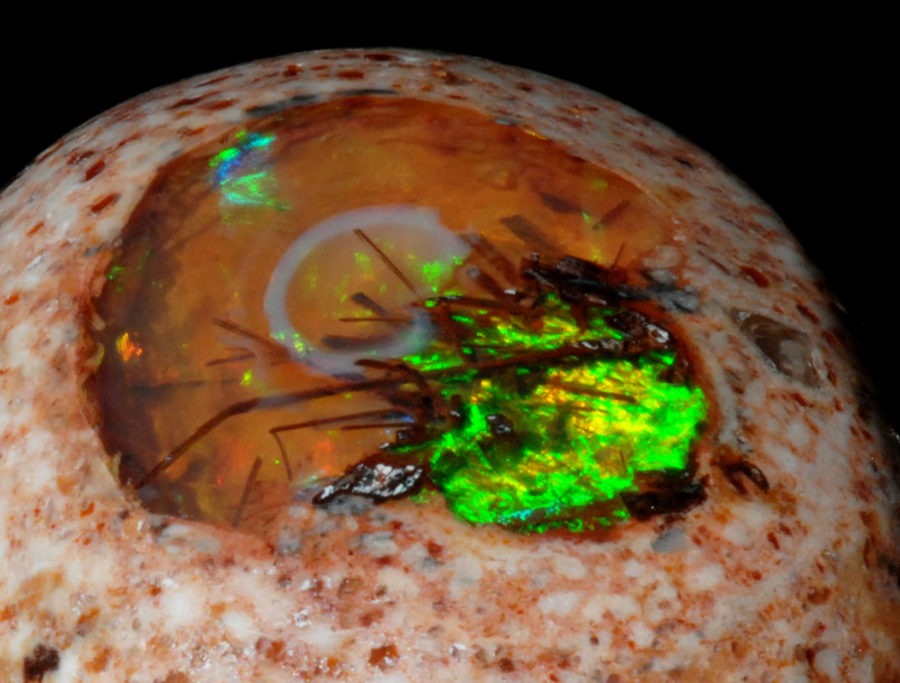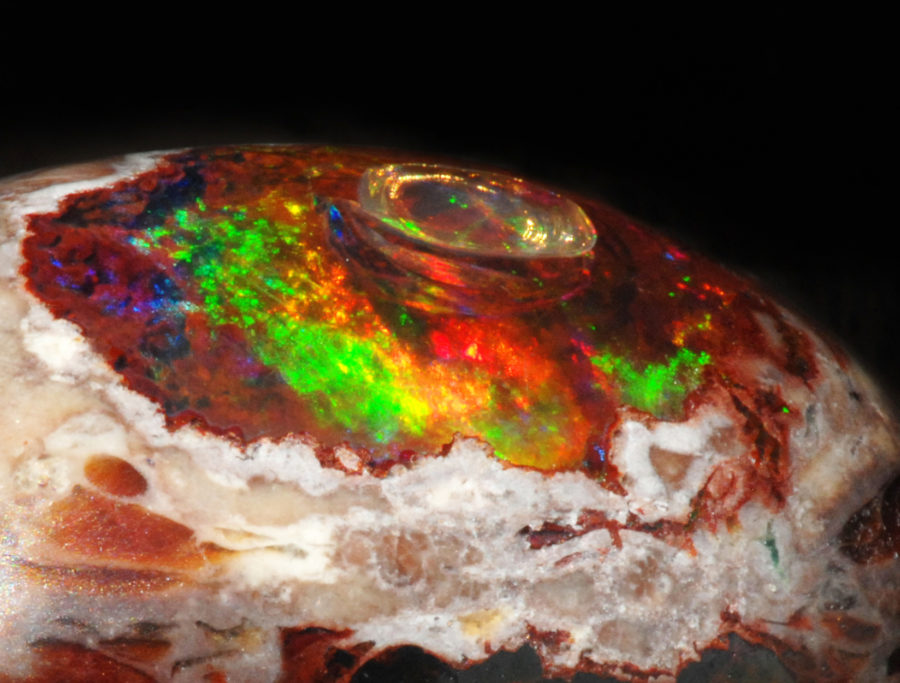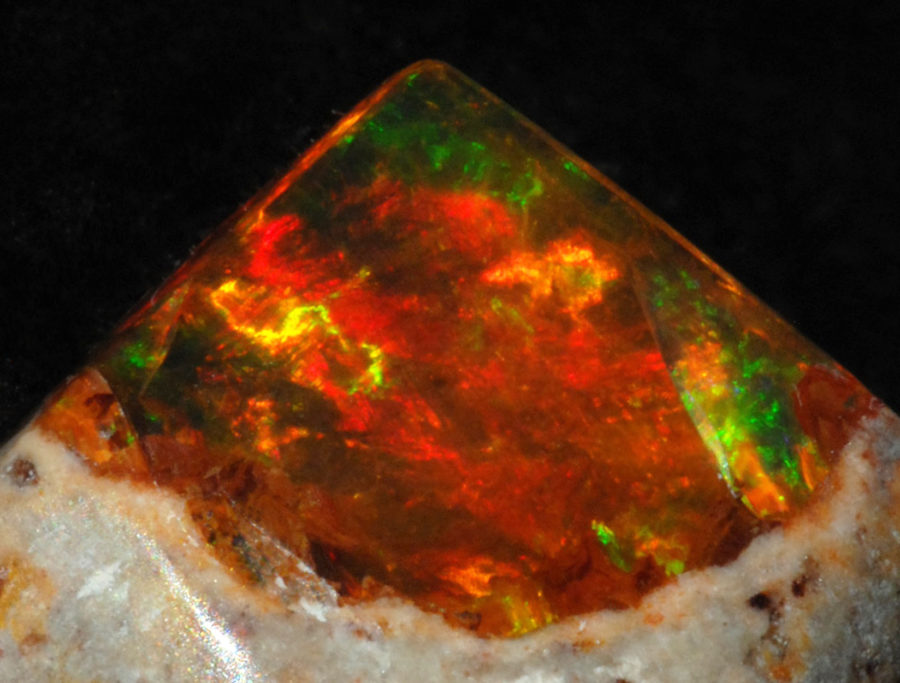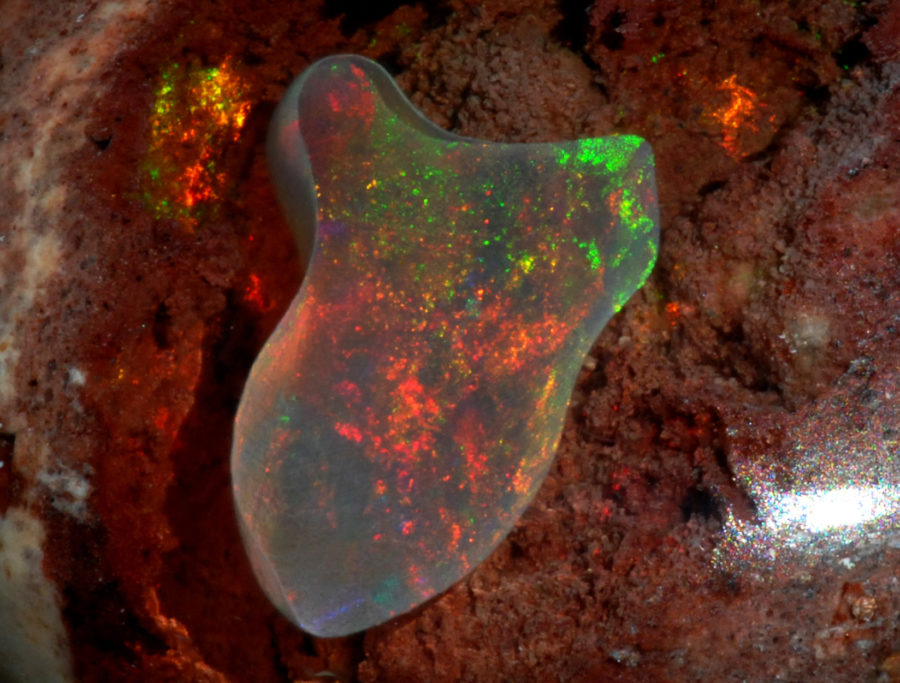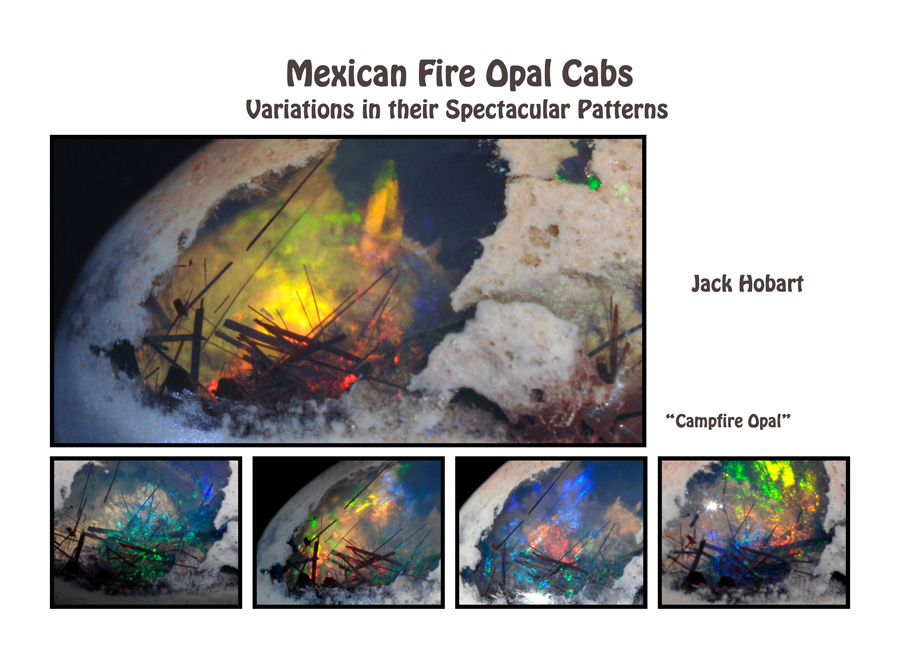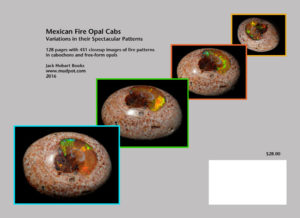Note: This page can easily be translated into Spanish by your browser using Google Translate or other options.
Canteras – Mexican Opals in Matrix
Corrections and Additions:
Opal overall sizes (all in mm). Many were omitted for the sake of clarity:
Page 6 (upper left to lower right (UL to LR): 12 x 5; 14 x 12, 10 x 8, 17 x 8, 18 x 16 24 x 10
Page 13 right: 15 x 10; 19 x 13
Page 19: 14 x 9
Page 25: 18 x 11; 17 x 11; 11 x 10
Page 28 (UL to LR): 18 x 12; 12 x 11; 20 x 15; 18 x 13: 17 x 17; 14 x 10
Page 29 (UL ro LR): 13 x 13; 13 x 13; 15 x 11; 18 x 16; 18 x 14; 19 x 13
Page 31: 12 x 9; 13 x 8
Page 61 first one: 9 x 7
Page 87: 13 x 9
Incorrect cross reference:
Page 41: The reference to Page 22 should be Page 20.
Page 72 bottom line: Page 30 should be Page 39.
Sources for canteras (Pp 87):
OFMB is now called “Mexican Fire Opals“; www.fireopalsmx.com; email: sandbend2@hotmail.com; USA cell: 520-302-8831
Opalos Romero contact is opalosromero@hotmail.com; phone (52) 01 (386) 744-0480
Los Laureles: Pedro Banuelos can still be reached at laurelesopalsmex@yahoo.com; phone 510-393-6373
Opalos y Artesanias Mexicanas: search Tucson Mineral Show info; possible phone # 52 388 74 40708 (Magdalena, Jalisco, Mexico)
The Opal Zone: http://www.theopalzone.com/ Richard Eddy at richard@the opalzone.com, 541-554-6211
Opalos Lara: Javier Lara Jara and Juan Jose Virgen at the Tucson Electric Park, Tucson Mineral Show, phone 011152 (386) 744-0034 (Magdalena, Jalisco, Mexico)
Contraluz Opals
One interesting variety of Mexican opals is called contraluz, meaning “against the light”. These remarkable opals produce little or no fire when viewed in the normal way, lighted by light from behind you. However, when held up to the light, a dramatic play of fire is revealed, rivaling that of typical Mexican opals. All contraluz opals that had previously seen were free-form, that is, polished without matrix so that the fire is readily visible when light passes through. These stones are slightly hazy. I believe that this hazy impurity reflects the light internally, producing fire due to scattering light forward instead of normal fire from reflected light.
Several years ago, my friend, Juan Virgen, of Opalos Lara, offered me this remarkable and good-sized opal. Although a cantera, its height allowed bright fire to show through. Seen in normal view on the left, there is absolutely no fire. However, when held up to the light, a bold rainbow of color suddenly appears. A number of examples are shown in the book. Click to enlarge the image to reveal detail.
Few contraluz canteras (opals in matrix) are polished. If the opal cavity is large, matrix is removed so that the stone becomes a valuable gem. The contraluz effect is missed in smaller canteras, because their matrix blocks a direct view through the opal region. Since this first contraluz cantera was discovered, two seasons of hunting at the Tucson Mineral Show has revealed several dozen more, none as spectacular.
Fire in indirect lighting
The book introduces other interesting effects not found in opal descriptions. One of them, “fire in indirect lighting” is also included, using the same side-by-side display as used above. Dramatic changes in opal fire when you block direct sunlight upon them. The fire is softened and spread out, since the light is coming from many directions instead of a single one. A few percent seem to show this effect.
Slideshows of Opal Closeups:
Some opals in the database of 10,000+ images of 2,700 Mexican opals have small fire opal sections relative to their matrix in a cab. The pictures here are similar to those pictured in the book. Recently, the database was reviewed and 1,400 more closeup images resulted, often producing beautiful images of fire and patterns.
Two slideshows follow. Click right or left to advance manually and hover over mouse over a picture to pause. This will alternate change times.
Books Not Yet in Print
Mexican Fire Opal Cabs









